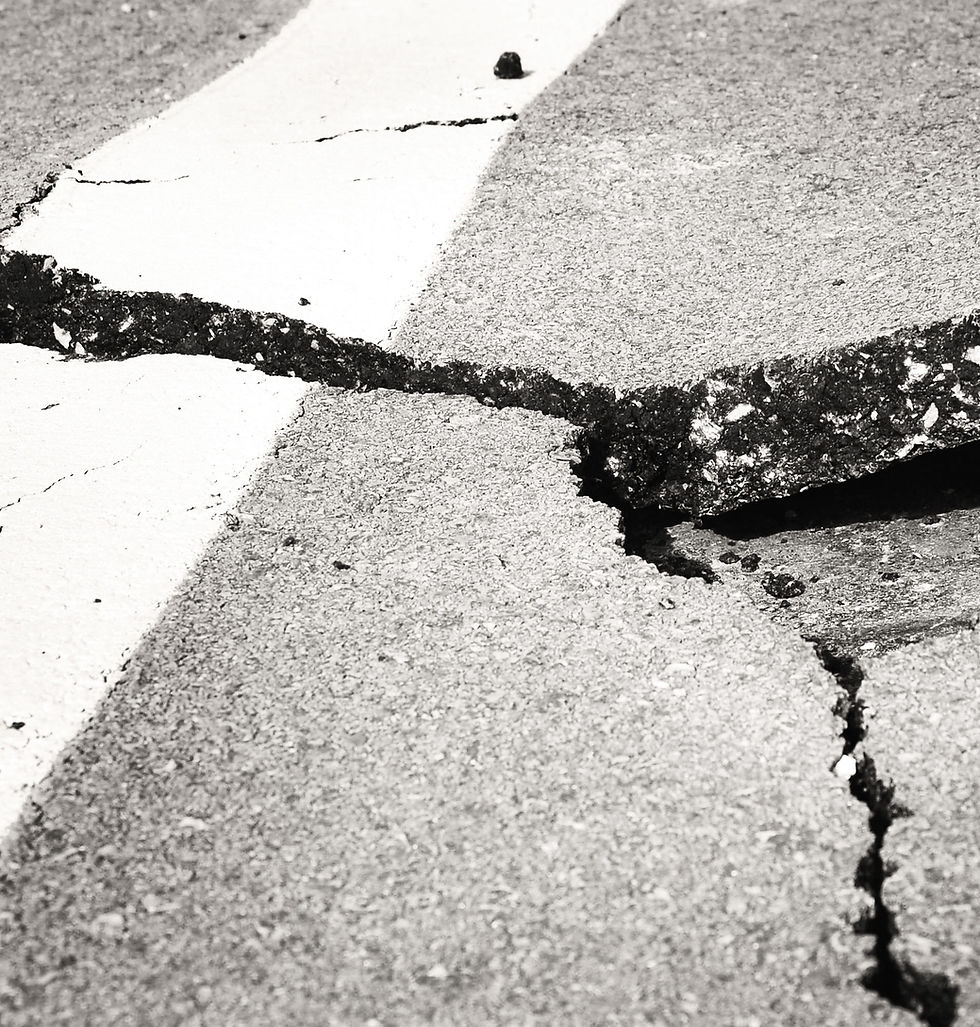Could The Future Bring Automated, Heated Roads To Britain?
- maskcontrolsystems
- Apr 12, 2018
- 3 min read
Updated: Nov 22, 2024

Winter is a weird season. The country gets soaked, frozen and soaked again while we wait with increasing impatience for spring to arrive.
Peeping out of the office window here in Devon, it looks like our prayers might be answered - the sun is actually shining. With any luck, the mud might soon start to dry out, and we can think about turning the factory heating down.
If this season has taught us anything, it's that Britain is very bad at dealing with extreme weather. Over the last couple of posts we've been talking about how modern technology could be brought to bear on Britain's weather woes, preventing us from grinding to a halt at the first sign of future snow. We've covered the prospect of automated gritting robots to keep us on the roads. We've also spoken about how sophisticated deep-learning algorithms could help to give us advance warning of incoming extreme weather. This week, we'll delve into the infrastructure itself, investigating how automating the actual road surfaces could minimise the impact of snow and ice on Britain.

Some companies are experimenting with interseasonal heat transfer to de-ice surfaces. The theory runs that the heat absorbed by roads during the warmer months can be stored in thermal banks and then released back to the surface when temperatures drop to freezing or below.
It's pretty easy to set up an automated system whereby sensors embedded in the road surface alert thermal banks when temperatures drop to a pre-set level - at which point the banks would send that stored summer warmth seeping back through the affected surfaces, keeping ice and snow away. The money that councils and taxpayers would save in ice-damage repairs over time would very quickly far exceed the initial outlay.
Interseasonal heat transfer is an area of growing interest. A lot of people are working hard to improve the capacity and efficiency of thermal banks, so it's likely that you'll hear a lot more about this kind of thing in the future. However, it's not the only method of warming up freezing roads.
In Japan, they pump geothermally heated water beneath certain roads and pavements when the weather demands it. This is relatively cheap and easy to do when you have a ready source of geothermal energy on tap - it wouldn't be quite so viable for the UK to install this kind of under-road heating system. But there is another option.

A scientist in America, Chris Tuan, is experimenting with 'conductive concrete' to melt snow and ice on road surfaces.
'Conductive concrete' is ordinary concrete mixed with steel fibre and carbon, through which a low electrical current can be passed. An electrified road surface may not sound like the best idea in the world, but Tuan assures the dubious that the current is far too low to damage people or vehicles. What is can do, however, is heat the concrete just enough so that snow cannot settle and ice cannot form. It's been tested on a snowy bridge in Nebraska, and results are impressive.
'Conductive concrete' is expensive stuff - around £200 per cubic yard, twice the price of conventional concrete. However, when you factor in the cost of damage from both ice and conventional de-icing gritting methods to road surfaces, heated roads would undoubtedly pay for themselves in very short order.
Excitingly, Tuan and his team want to make sure that any heated roads laid in the future can be fully automated. They'd be remotely monitored by the relevant authorities, and could be remote controlled. Test slabs at Des Moines International Airport can be controlled with an app.


Comments